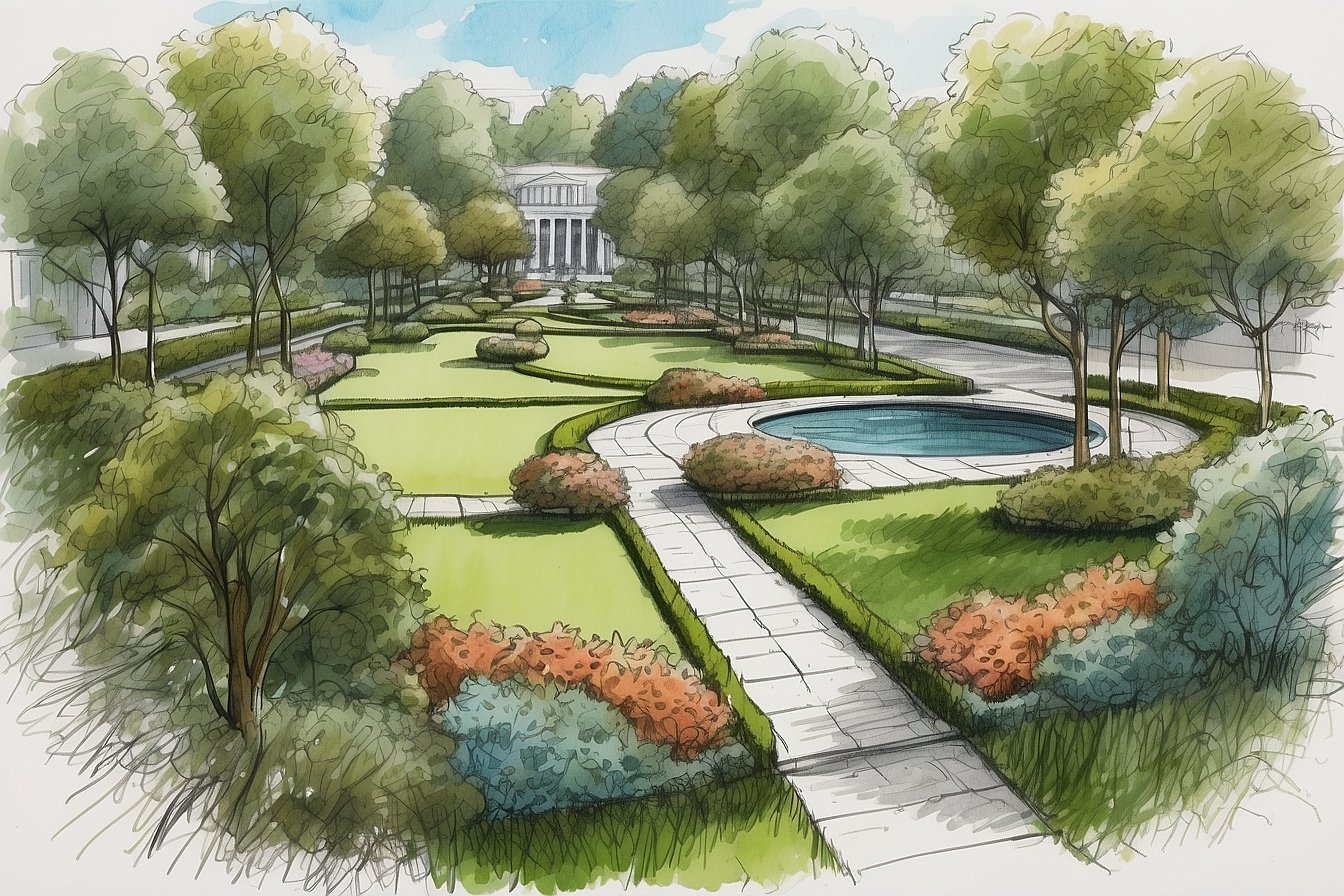Designing Multi-Purpose Green Spaces for Urban Harmony
In the ever-evolving tapestry of urban design, the concept of creating green spaces that serve multiple purposes has gained prominence. Beyond mere aesthetics, these versatile landscapes weave together functionality, sustainability, and community well-being. From promoting environmental resilience to fostering social interaction, multi-purpose green spaces stand as dynamic hubs that enhance the urban experience. In this exploration, we delve into the concept of designing green spaces that serve multiple purposes, examining the diverse roles they play in creating vibrant and harmonious urban environments.
Environmental Resilience
Multi-purpose green spaces contribute to the environmental resilience of urban areas. By incorporating native plants, trees, and sustainable landscaping practices, these spaces serve as green lungs, improving air quality and mitigating the urban heat island effect. Rain gardens and permeable surfaces can also aid in stormwater management, reducing runoff and supporting groundwater recharge.
Recreation and Leisure
Green spaces are natural havens for recreation and leisure, providing urban residents with opportunities to unwind, exercise and connect with nature. Designing versatile landscapes that accommodate a range of activities, from picnics and yoga sessions to sports and cultural events, ensures that these spaces become inclusive hubs for diverse recreational pursuits.
Social Interaction and Community Building
Multi-purpose green spaces serve as social catalysts, fostering community engagement and interaction. Incorporating seating areas, community gardens, and communal spaces encourages residents to gather, connect, and build a sense of belonging. Events such as farmers' markets, outdoor concerts and festivals further strengthen the social fabric of urban communities.
Biodiversity Conservation
Green spaces can act as sanctuaries for biodiversity within urban landscapes. Integrating native plantings and creating diverse habitats supports local flora and fauna. Birdwatching, butterfly gardens and educational programs contribute to raising awareness about urban biodiversity and the importance of conservation.
Economic Vitality
Well-designed green spaces enhance the economic vitality of urban areas. Access to greenery and well-maintained parks can increase property values and attract businesses. Multi-purpose green spaces can also host markets, fairs and cultural events, boosting local economies and creating opportunities for small businesses and artisans.
Urban Agriculture and Food Security
Integrating urban agriculture into multi-purpose green spaces addresses the growing need for local, sustainable food sources. Community gardens, rooftop farms and edible landscapes not only provide fresh produce but also foster a sense of responsibility and connection to the food we consume, promoting food security and self-sufficiency.
Educational Hubs
Green spaces serve as living classrooms, offering opportunities for environmental education and awareness. Interpretive signage, educational programs and demonstration gardens can educate the public about sustainable practices, local ecosystems, and the importance of environmental stewardship.
Mental Health and Well-Being
Access to nature has profound impacts on mental health and well-being. Multi-purpose green spaces provide respite from the demands of urban life, offering quiet corners for reflection, meditation, or simply enjoying the natural surroundings. These spaces become essential for stress reduction, relaxation and improving overall mental well-being.
Climate Adaptation and Mitigation
Green spaces play a crucial role in climate adaptation and mitigation. Trees and greenery contribute to carbon sequestration, helping to offset the effects of climate change. Well-planned green spaces also provide shade, reducing ambient temperatures and contributing to the overall resilience of urban areas in the face of rising temperatures.
Sustainable Transportation and Connectivity
Designing green corridors and pathways within urban landscapes promotes sustainable transportation options. Pedestrian-friendly green spaces, bike trails, and eco-friendly transportation hubs contribute to reduced reliance on automobiles, enhancing connectivity while minimizing the environmental impact of urban mobility.
Conclusion
Designing green spaces that serve multiple purposes represents a paradigm shift in urban planning, transcending traditional notions of parks and gardens. These versatile landscapes are integral components of holistic, sustainable urban development. By harmonizing environmental, social, and economic functions, multi-purpose green spaces become integral to creating resilient, vibrant and inclusive urban environments that cater to the diverse needs of their communities. In this symbiotic relationship between nature and urban living, these green spaces emerge as transformative agents, nurturing both the physical and social well-being of the cities they adorn.

